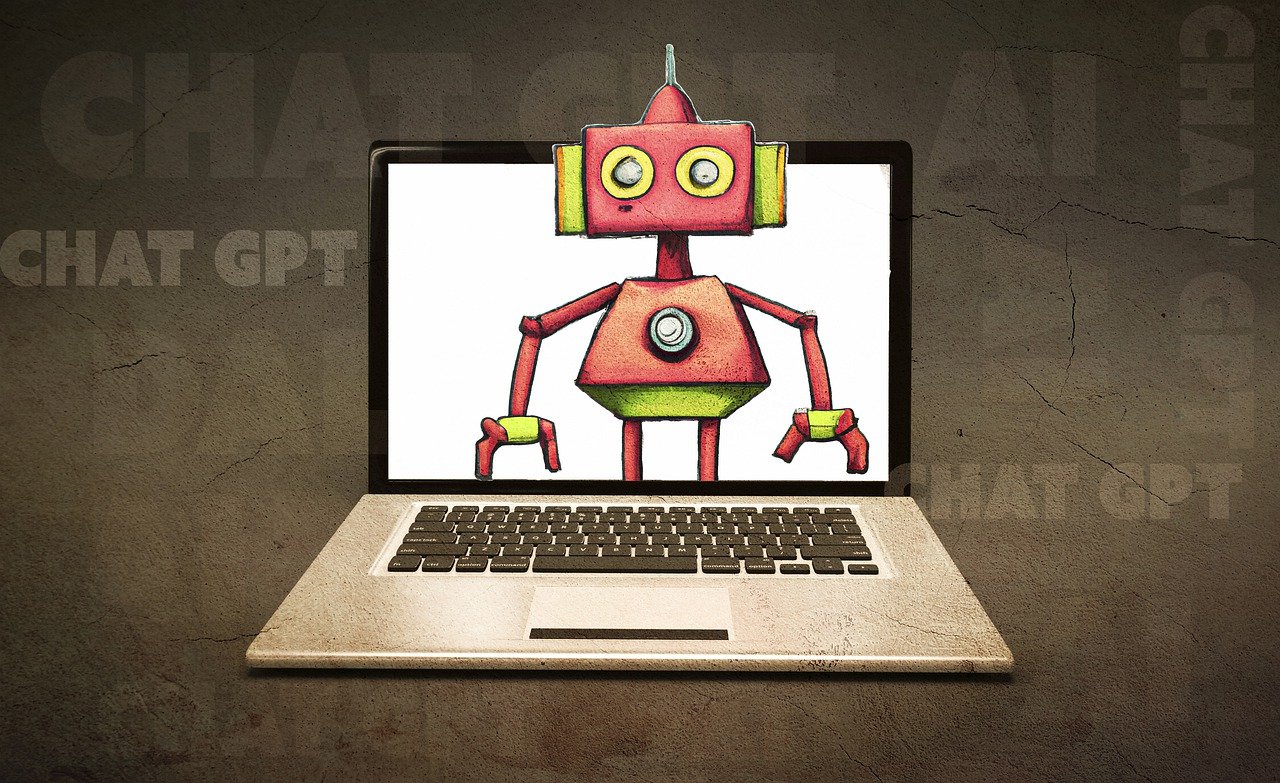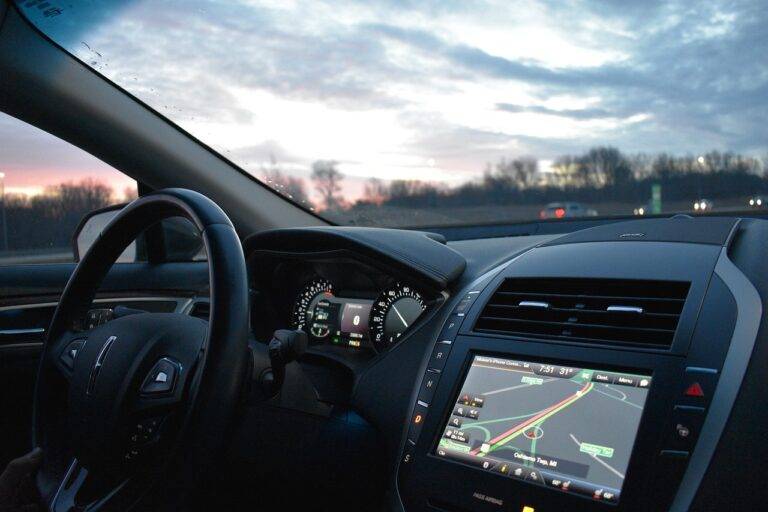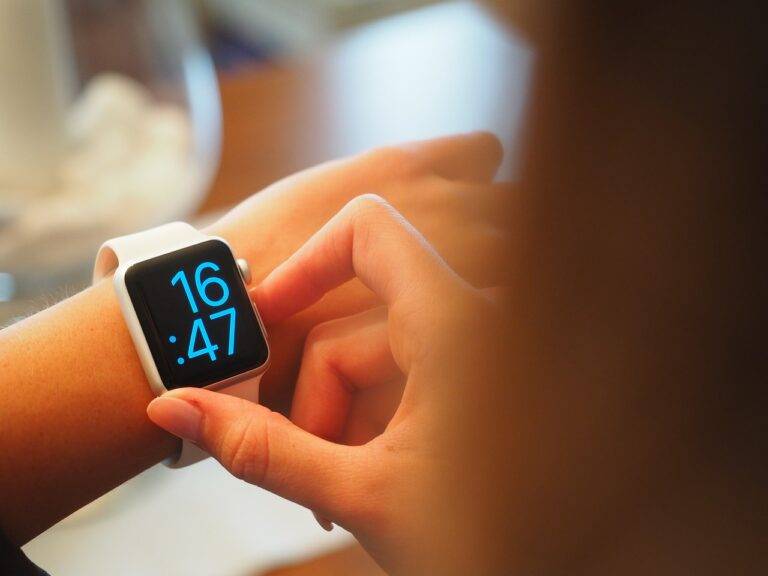3D Printing: Current and Future Applications
In recent years, 3D printing technology has made significant strides in various industries, revolutionizing the way products are designed and manufactured. One notable advancement is the development of faster and more precise 3D printers, capable of producing intricate and complex designs with remarkable speed and accuracy. These advancements have opened up new possibilities for industries such as aerospace, automotive, and consumer goods, allowing companies to streamline their production processes and bring products to market faster than ever before.
Another key area of progress in 3D printing technology is the expansion of materials that can be used in the printing process. Traditional 3D printers were limited to plastic materials, but now, advancements have enabled the use of a wide range of materials, including metals, ceramics, and even food-based materials. This versatility has broadened the scope of applications for 3D printing, enabling the creation of durable and functional prototypes, custom medical implants, and even edible creations. As the range of printable materials continues to expand, the potential for innovation and customization in 3D printing is virtually limitless.
Medical Applications of 3D Printing
In the field of medicine, 3D printing has revolutionized the way we approach patient care. One of the most groundbreaking applications of this technology is in the creation of patient-specific implants and prosthetics. Surgeons are now able to design and fabricate implants that perfectly fit a patient’s unique anatomy, leading to better outcomes and faster recovery times.
Additionally, 3D printing is being used to produce anatomical models that aid in surgical planning and medical education. These lifelike models allow surgeons to practice complex procedures before entering the operating room, reducing the risk of complications during surgery. Medical students also benefit from these models, gaining a better understanding of human anatomy in a hands-on and interactive way.
What are some technological advancements in 3D printing?
Some technological advancements in 3D printing include faster printing speeds, increased printing resolution, and the ability to print with a wider range of materials.
What are some medical applications of 3D printing?
Medical applications of 3D printing include creating customized prosthetics, surgical guides, implants, and even organ and tissue printing.
How does 3D printing benefit the medical field?
3D printing allows for personalized and customized medical solutions, faster prototyping of medical devices, and the ability to create complex structures that would be difficult to manufacture using traditional methods.
Are there any limitations to using 3D printing in the medical field?
Some limitations of 3D printing in the medical field include the high cost of equipment and materials, regulatory challenges, and the need for further research to ensure the safety and efficacy of 3D printed medical devices.
How can healthcare professionals incorporate 3D printing into their practice?
Healthcare professionals can incorporate 3D printing into their practice by partnering with companies that specialize in medical 3D printing, investing in 3D printing equipment, or collaborating with researchers to explore new applications of the technology.





